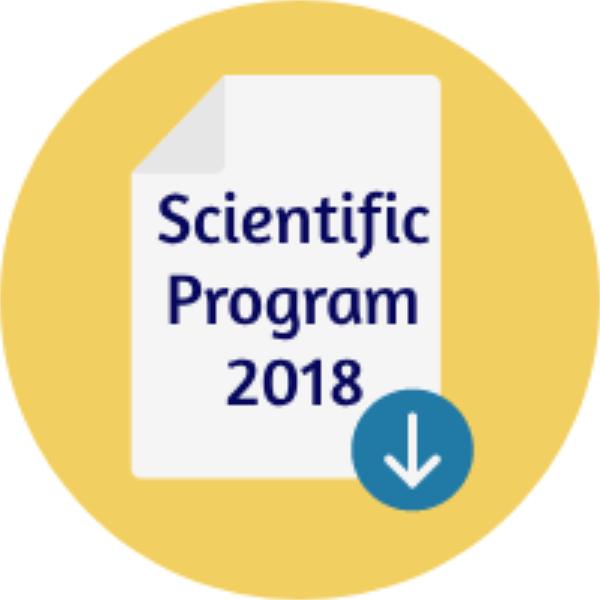
Yuichi Negishi
Tokyo University of Science, Japan
Title: High-performance liquid chromatography mass spectrometry of thiolate-protected metal clusters
Biography
Biography: Yuichi Negishi
Abstract
Small thiolate-protected gold clusters have attracted considerable attention as new functional nanomaterials because they have size-specific properties and functions that are not found for bulk gold. In particular, hydrophilic thiolate-protected gold clusters (hereinafter referred to as hydrophilic gold clusters) exhibit high biocompatibility and luminescence quantum yield in addition to pollution-free properties. Therefore, hydrophilic gold clusters are expected to be used in biomedical and environmental applications. Replacing some of the Au atoms in these clusters with different elements may impart them with even more useful functions. However, the synthesis of hydrophilic metal clusters has been less studied because of the complexity involved in evaluating the mass distributions of product mixtures. In this work, we found two hydrophilic interaction liquid chromatography (HILIC) columns for high-performance liquid chromatography (HPLC) suitable for the high-resolution separation of hydrophilic metal clusters. The mass distributions of the product mixtures of hydrophilic metal clusters were evaluated via HPLC mass spectrometry (LC/MS) using these HILIC columns. Consequently, we observed multiple clusters that had not been previously reported for glutathionate (SG)-protected gold clusters (Aun (SG)m). Additionally, we demonstrated that Aun−xMx(SG)m alloy clusters (M=Ag, Cu, or Pd) in which part of the Au in the Aun (SG)m cluster is replaced by a hetero element can be synthesized, similar to the case of hydrophobic alloy clusters. It is easy to evaluate the mass distributions of hydrophilic metal clusters using this method. Thus, remarkable progress in the synthesis techniques of hydrophilic metal clusters through the use of this method is anticipated, as is the situation for hydrophobic metal clusters.

